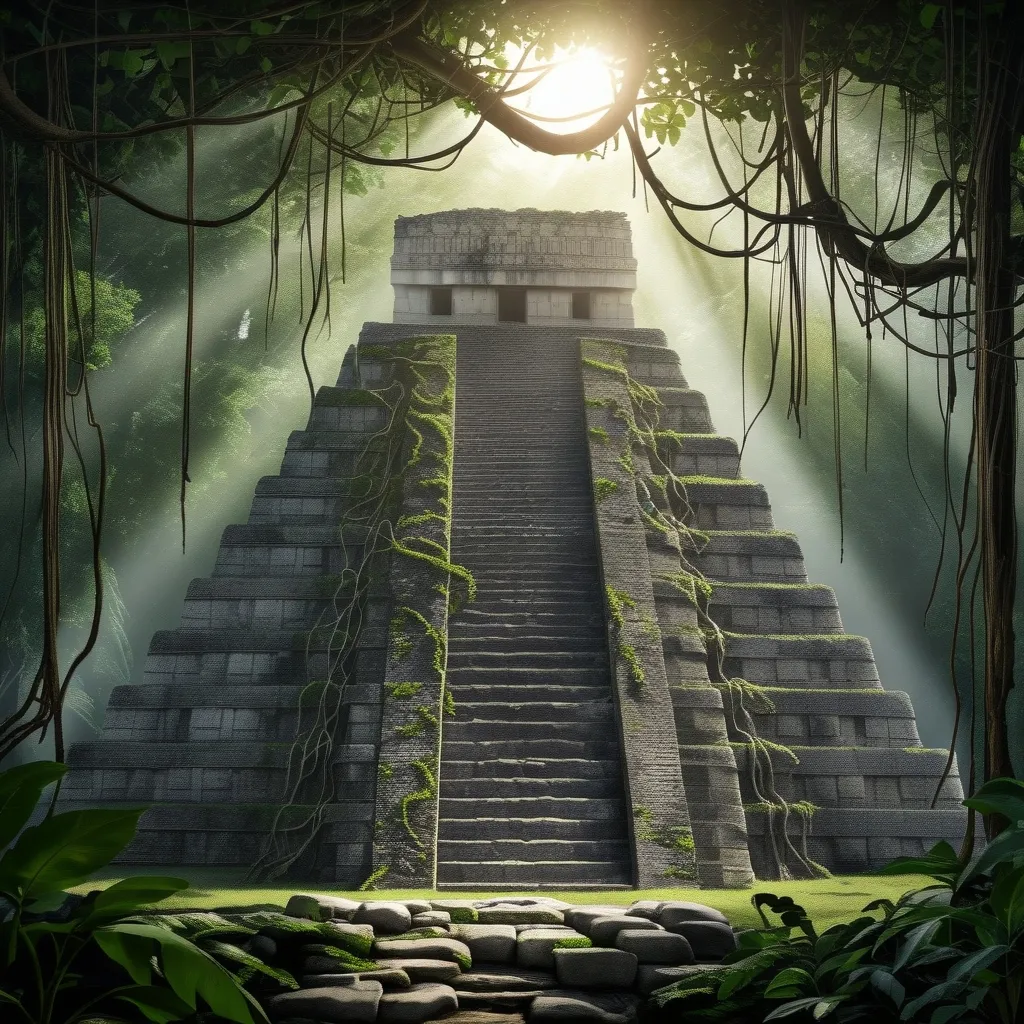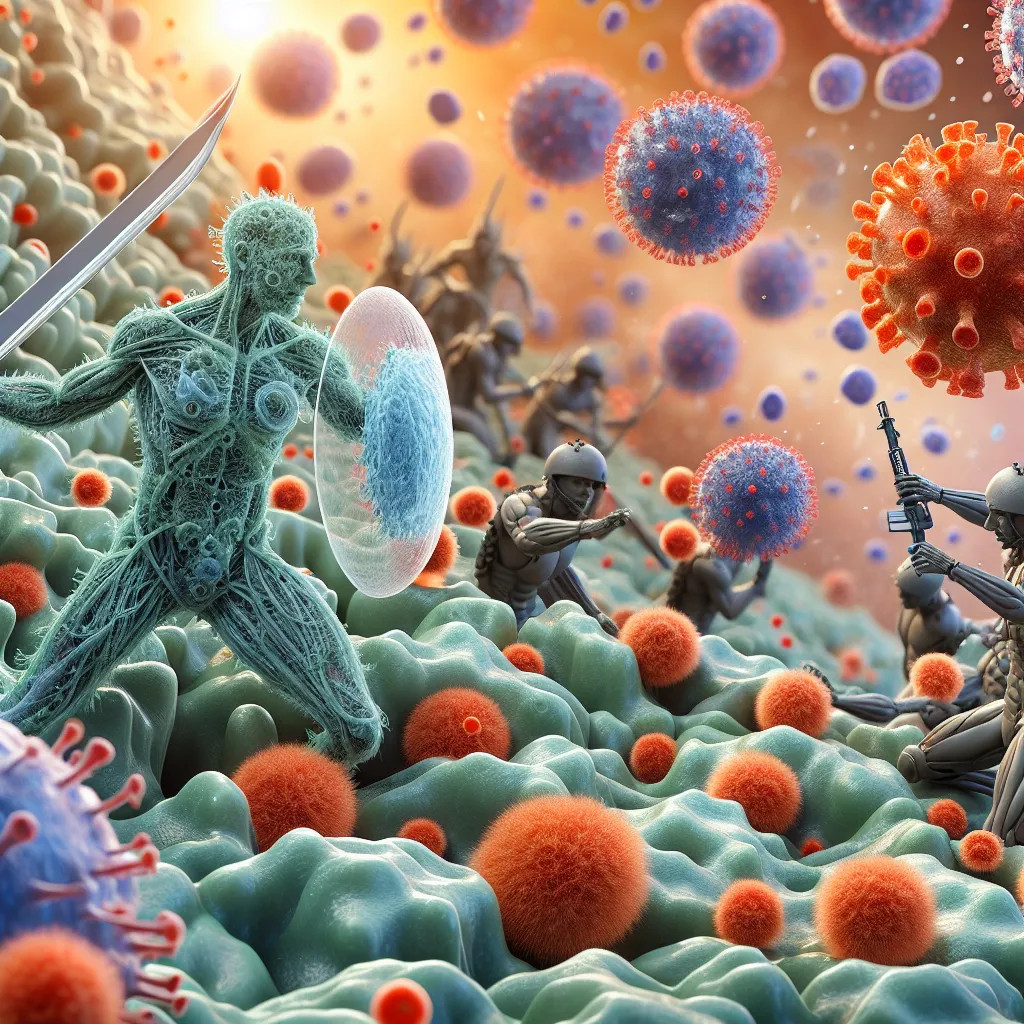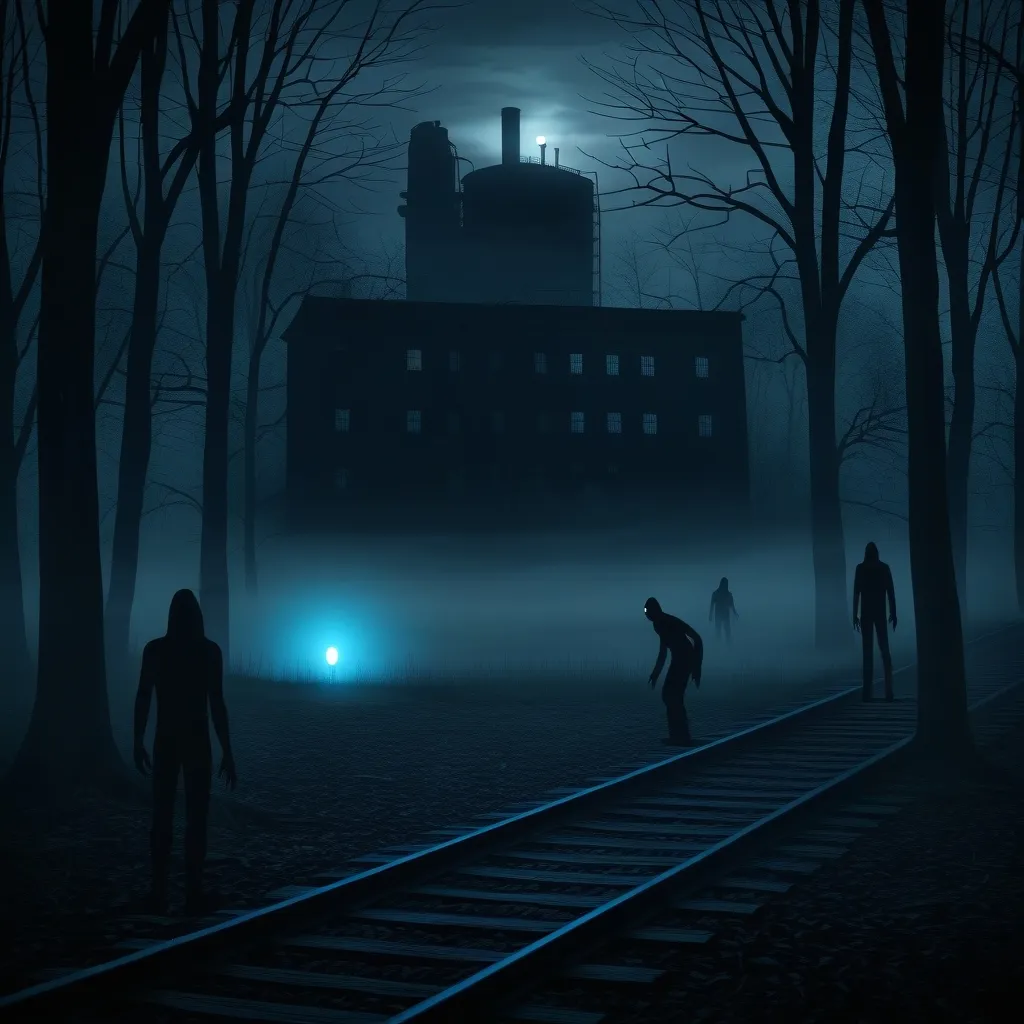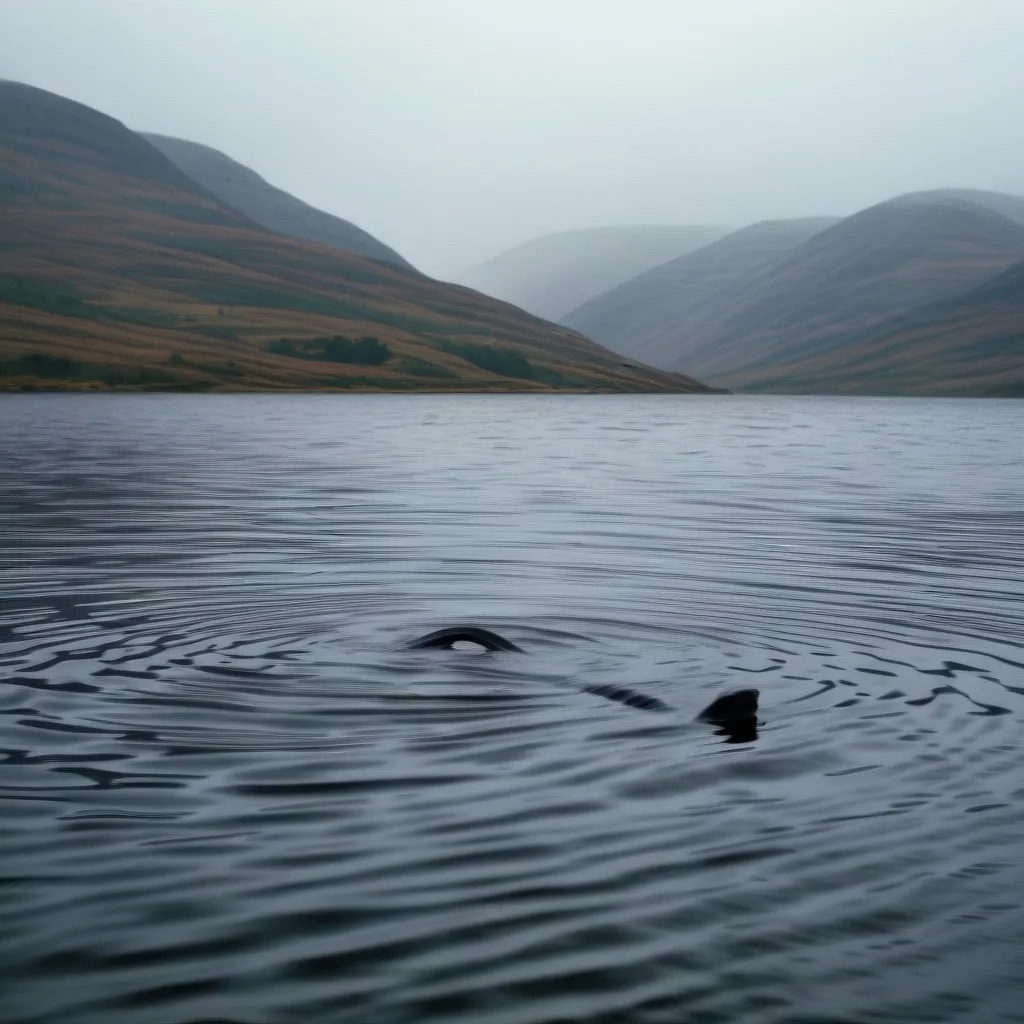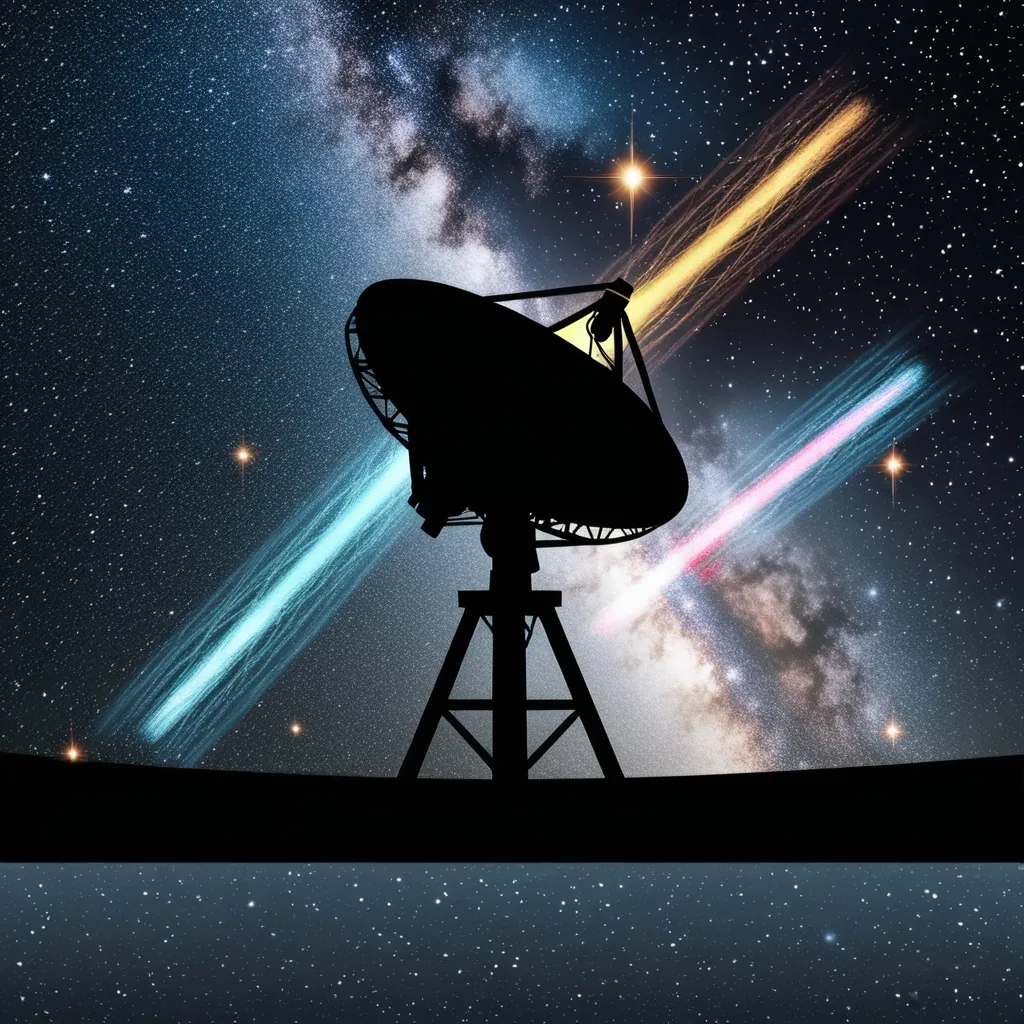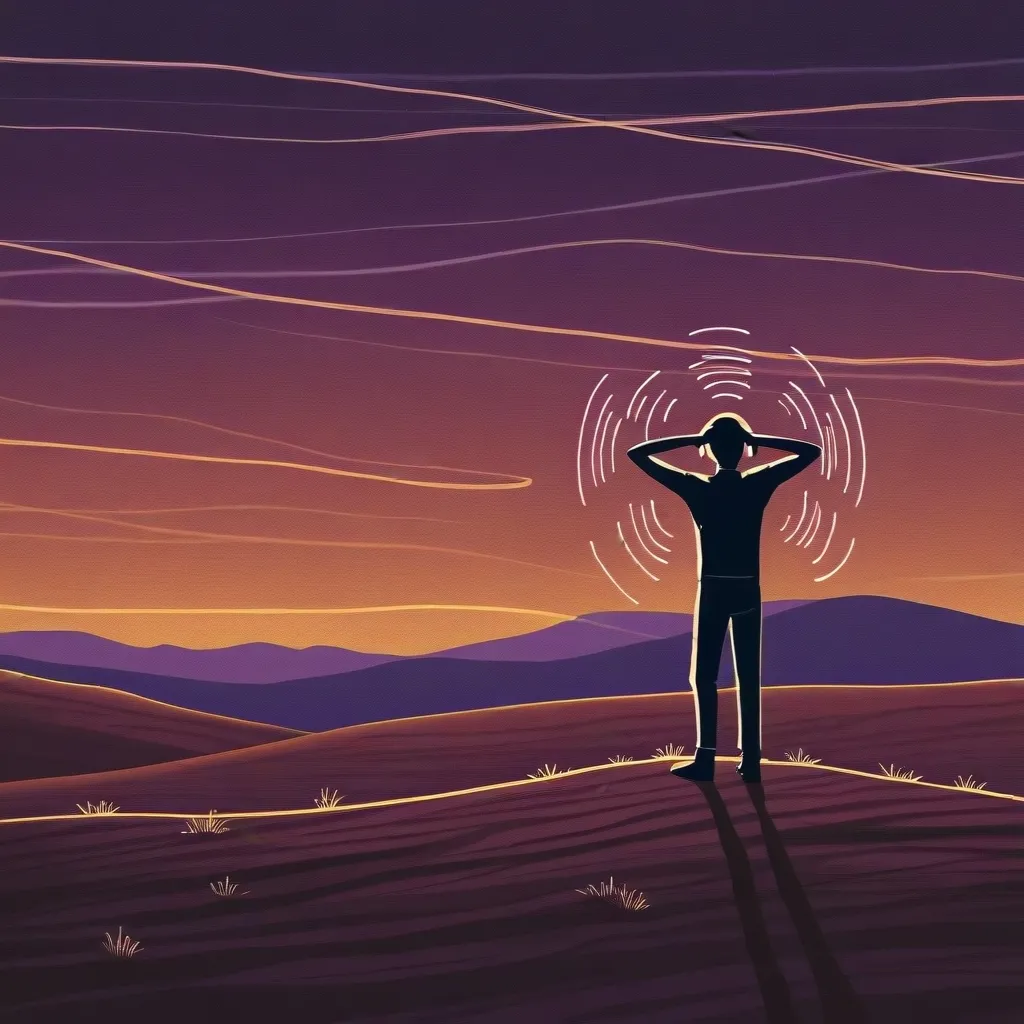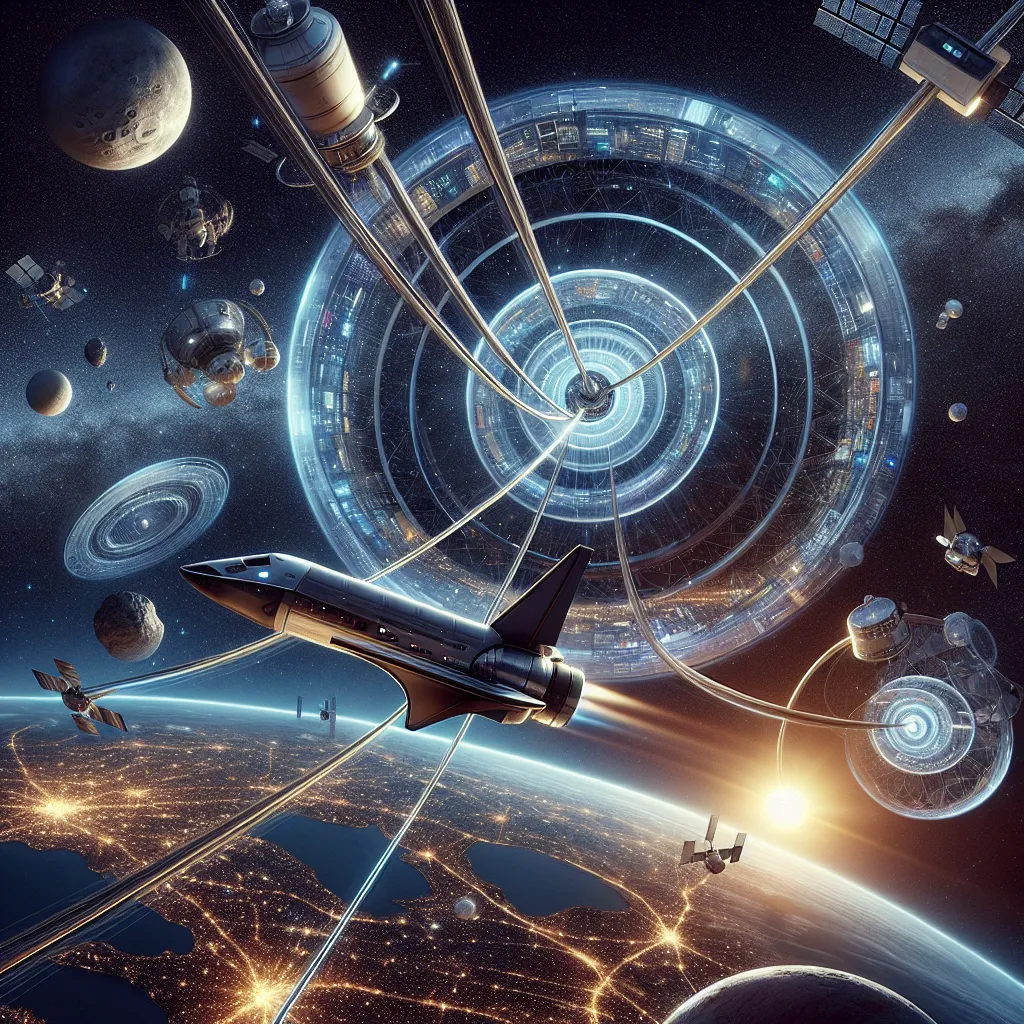The Lost World of the Maya: Uncovering Ancient Secrets in the Heart of the Jungle
Picture this: You’re hacking through dense jungle with a machete, sweat dripping down your face, when suddenly you stumble upon a massive stone pyramid hidden beneath centuries of overgrowth. It sounds like something out of an Indiana Jones movie, but for archaeologists exploring the Yucatán Peninsula, it’s just another day at the office.
The Maya civilization has captivated imaginations for centuries. These ancient people built incredible cities, created complex writing and mathematical systems, and tracked the movements of celestial bodies with mind-blowing accuracy. But then, seemingly out of nowhere, their great cities were abandoned and reclaimed by the jungle. What happened? Where did they all go?
It’s a mystery that’s puzzled researchers for ages. But now, thanks to some seriously cool technology and good old-fashioned jungle trekking, we’re starting to piece together the story of the “missing” Maya.
Let’s talk about Ocomtún for a second. Never heard of it? Don’t worry, neither had anyone else until recently. This lost city was just discovered deep in the Yucatán jungle by a team led by archaeologist Ivan Šprajc. Using a technology called LiDAR (which is basically like X-ray vision for jungles), they were able to spot the outlines of ancient structures hidden beneath the trees.
When they finally hacked their way through to the site, what they found was pretty incredible. We’re talking about a city center spanning over 120 acres, with pyramid-like structures reaching up to 50 feet high. There were plazas, altars, and even a court for playing the ancient Maya ball game (which was way more intense than your average pickup basketball game, trust me).
But Ocomtún isn’t just some cool ruins to look at. It’s giving us major clues about how the Maya lived and how their civilization ultimately fell apart. The city started declining around 800 AD, with later inhabitants adapting the buildings for their changing needs. By the 10th century, the complex Maya society had basically collapsed, and the population took a massive nosedive.
Now, you might be wondering, “What caused this collapse?” Well, join the club. Archaeologists and historians have been debating this for years. Some think it was drought, others point to warfare or soil depletion. The truth is, it was probably a combination of factors. Kind of like when everything goes wrong at once in your life, but on a civilization-wide scale.
The discovery of Ocomtún is just one piece of a much bigger puzzle. Thanks to LiDAR technology, researchers are uncovering entire networks of Maya settlements all over Central America. In northern Guatemala, for example, they found over 1,000 ancient settlements connected by 110 miles of raised stone causeways. It’s like they discovered an ancient superhighway system hidden in the jungle!
These discoveries are completely changing our understanding of Maya civilization. We’re realizing that their cities and settlements were far more extensive and interconnected than we ever imagined. It’s like finding out your quiet neighbor actually throws the best parties in town – we had no idea how much was going on beneath the surface.
But let’s take a step back and talk about what life was actually like for the ancient Maya. These weren’t just a bunch of nameless, faceless people building pyramids. They were real folks with hopes, dreams, and a rich cultural life.
Take those ball courts, for example. They weren’t just for fun and games (although I’m sure there was plenty of that too). These courts were centers of community life, hosting important rituals and ceremonies. It’s kind of like how a modern stadium might be used for sports, concerts, and other big events all rolled into one.
And speaking of cool discoveries, at Ocomtún they found some underground structures beneath the ball court that still have traces of painted stucco. We can only imagine what kind of secrets these hidden chambers might hold. Secret rituals? Ancient treasures? The world’s first underground parking garage? (Okay, probably not that last one, but you never know!)
One of the coolest things about studying the Maya is realizing that their culture never really disappeared. Sure, the great cities were abandoned, but the Maya people themselves? They’re still very much around. Today, millions of Maya descendants live throughout Central America, speaking dozens of Maya languages and keeping their ancestral traditions alive.
It’s a powerful reminder that civilizations don’t just vanish into thin air. They change, adapt, and evolve. The Maya of today might not be building massive pyramids, but they’re carrying on the legacy of their ancestors in countless other ways.
As archaeologists continue to uncover more lost cities and piece together the puzzle of Maya history, one thing becomes clear: we’ve only scratched the surface of understanding this incredible civilization. Every new discovery brings with it a hundred new questions.
For researchers like Ivan Šprajc, that’s what makes the work so exciting. Sure, trudging through the jungle in sweltering heat isn’t always fun. But the thrill of uncovering something that’s been hidden for over a thousand years? That makes it all worthwhile.
“It’s heat and hacking through the jungle with machetes and problems with water,” Šprajc says, “and then, all of a sudden, there’s a big pyramid or inscribed stele right in front of you. That’s when all those troubles go away.”
It’s that sense of wonder and discovery that keeps driving archaeologists forward. With each new site uncovered, each artifact unearthed, we get a little closer to understanding the Maya world. It’s like putting together a massive, jungle-covered jigsaw puzzle, with each piece revealing a bit more of the bigger picture.
And let’s be honest, there’s something undeniably cool about the whole thing. It’s not just dry academic research – it’s adventure, mystery, and the thrill of uncovering long-lost secrets. It’s Indiana Jones in real life (minus the boulder chases and face-melting artifacts, hopefully).
As we continue to explore the jungles of Central America, who knows what other amazing discoveries await? Maybe there are entire Maya metropolises still out there, hidden beneath the trees. Perhaps we’ll uncover the key to finally understanding what caused their civilization to collapse. Or maybe we’ll find something completely unexpected that changes everything we thought we knew about the ancient world.
One thing’s for sure: the story of the Maya is far from over. Every machete swing, every LiDAR scan, every careful excavation brings us closer to understanding this fascinating civilization. It’s a reminder that history isn’t just something that happened in the past – it’s a living, breathing thing that we’re constantly uncovering and reinterpreting.
So the next time you’re trudging through your day-to-day life, feeling like everything’s been discovered and there’s nothing new under the sun, remember the lost cities of the Maya. Remember that there are still incredible secrets hiding just beneath the surface of our world, waiting to be uncovered.
Who knows? Maybe you’ll be inspired to do a little exploring of your own. You might not uncover an ancient Maya city, but you might just discover something amazing about the world around you – or about yourself.
After all, the spirit of discovery that drove the Maya to build their great cities, and that drives archaeologists to uncover them today, is the same spirit that pushes all of us to explore, to question, and to seek out new knowledge. It’s what makes us human.
So here’s to the Maya, to the archaeologists uncovering their secrets, and to the spirit of discovery that connects us all across the centuries. The jungles of Central America might be far away, but the thrill of uncovering the unknown? That’s something we can all relate to.
